Reference:
Sendra A., Garay P., Ortuño V.M., Gilgado J.D., Teruel S. & Reboleira A.S.P.S. (2014). Hypogenic versus epigenic subterranean ecosystem: lessons from eastern Iberian Peninsula. International Journal of Speleology, 43(3): 253-264. http://dx.doi.org/10.5038/1827-806X.43.3.2
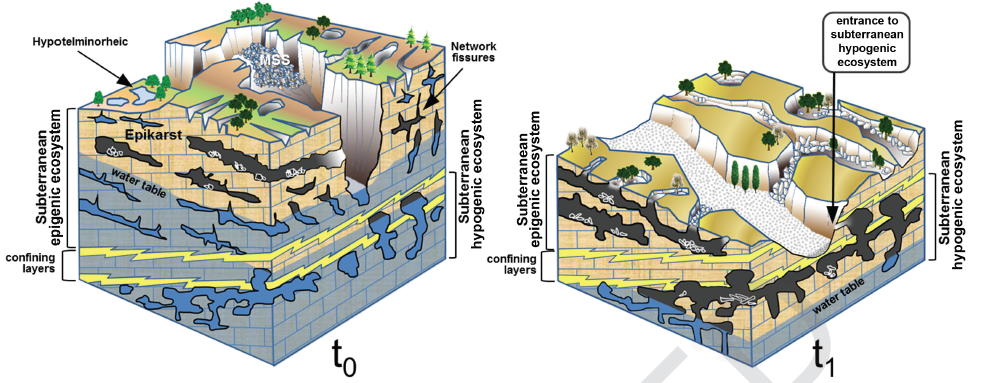
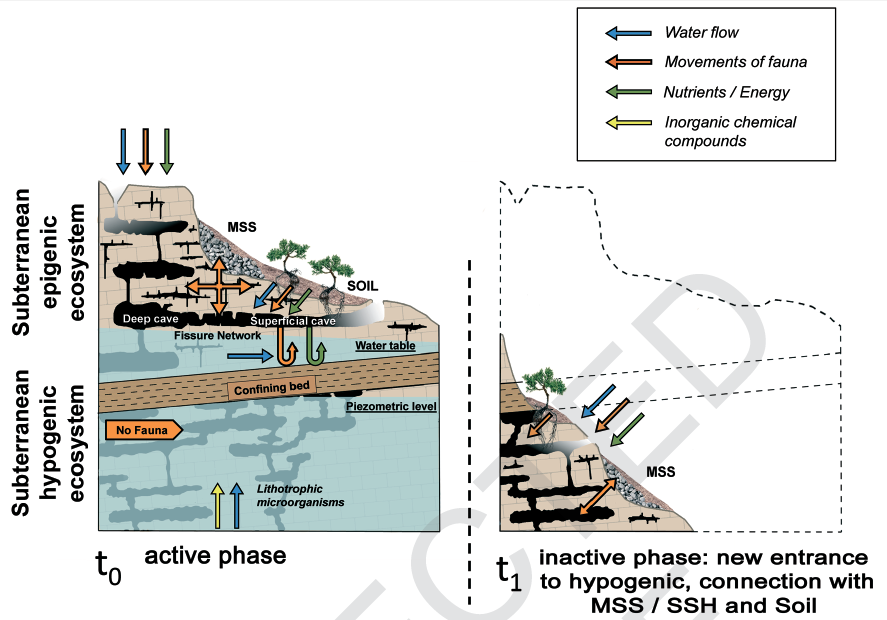
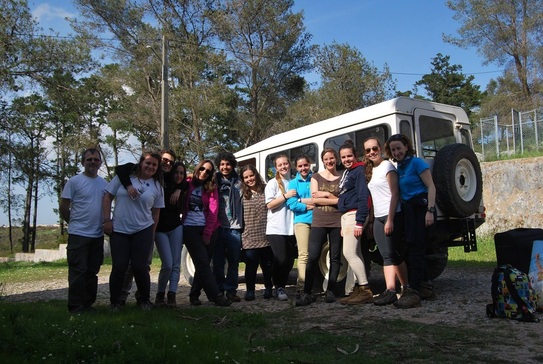
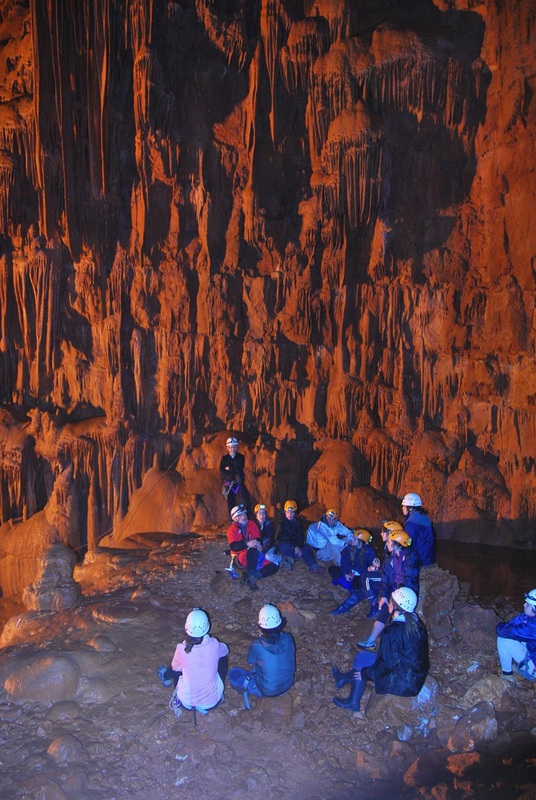
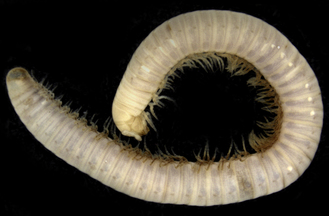
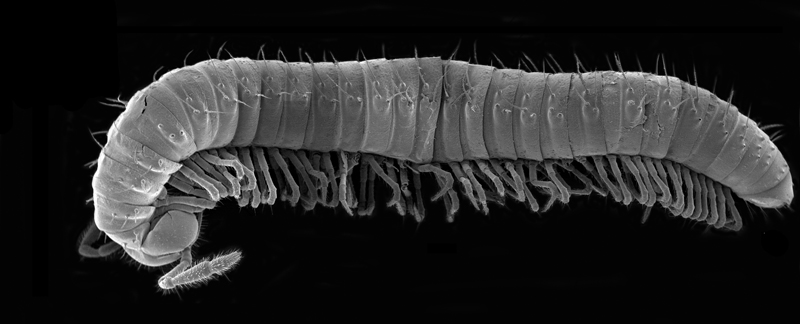
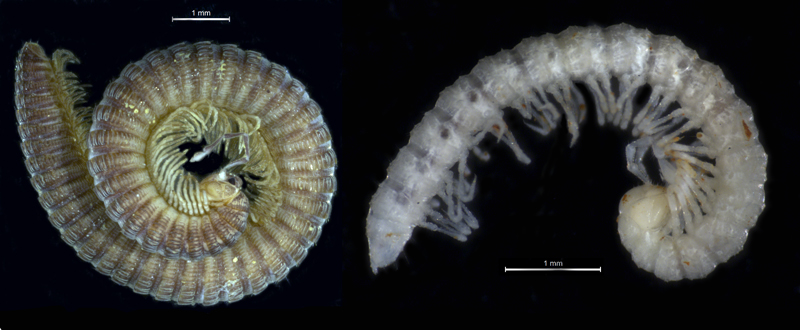
 RSS Feed
RSS Feed
